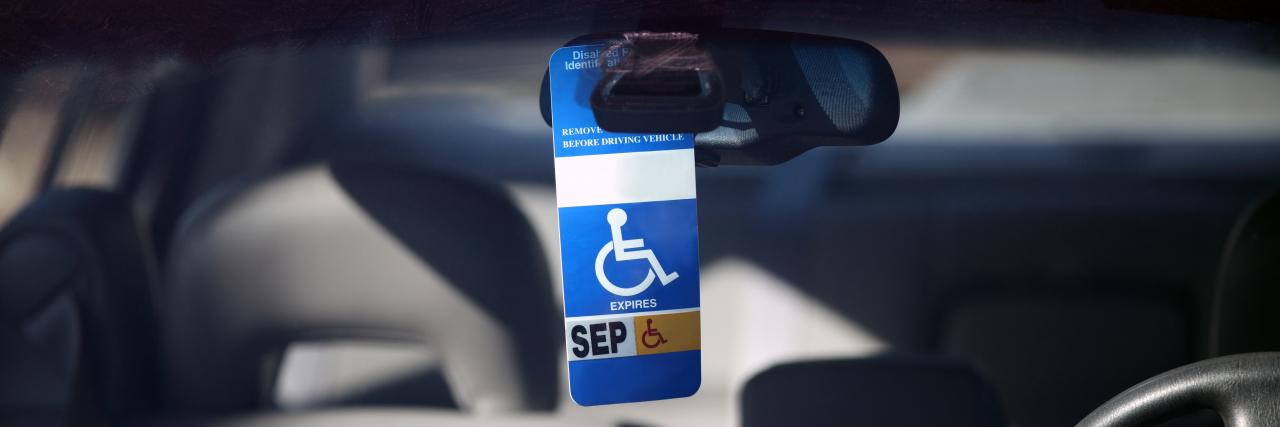There are a lot of stigmas that surround using a disability parking placard. When this discussion of the disability parking placard is brought up, I always hear the same thing, “They just give out disability placards to anyone these days.” It gets my blood boiling. There are many reasons you can need to use disability parking spaces, such as a physical disability, developmental disability, or mental illness. Many people with invisible illnesses have disability placards.
Two of the main themes I’ve encountered when discussing the use of disability parking placards are guilt and comparison. They feel bad about using their disabled placard. Many who have invisible illnesses feel as if they will be judged, especially if they don’t leave the parking spot open for someone they believe might need it more. We need to move away from the comparison narrative when it comes to using a disability placard and empower those who advocate for themselves. To most, a disability placard can be life-changing. It can mean that more places are accessible. There is less worry about not being able to make it back to the car after an errand. We need to empower ourselves to use our disability placards without guilt or comparison.
Here are six reasons to not feel guilty about using a disability parking placard.
1. Walking out of your car/Not being in a wheelchair.
Many people assume that if you are using a disabled parking pass, it must mean you should be in a wheelchair or use some type of mobility device. But not all disabilities are visible. It is OK if you can walk to your car and have the mobility to walk in and out of the place you are going. Disabilities affect each person differently.
2. Having an invisible illness.
Much like not having a mobility device, it’s okay if you don’t “look disabled.” You don’t deserve the judgment nor should you be ashamed of using your placard just because you don’t fit society’s narrative of disability.
3. Using your disability parking placard at a busy place.
It’s OK to use your placard if the place is busy. While it can be courteous to not take a disabled spot during busy hours, you could be harming yourself in the long run. In fact, during those busy times, you might need it more. Busy places can take up a lot of energy and can cause stress on our bodies.
4. Looking “too young.”
I’ve had my disability placard since I was 19. I can’t tell you how many times I’ve gotten called out for using my placard just because I was young. Society assumes that the only people who should have a disability placard are the elderly and those with mobility devices. But, disability has no minimum age.
5. Parking in a disability parking space when someone else might need it more.
Have you ever felt guilty or been told that you should’ve given your spot to someone who needed it more? Comparison can be very harmful. There will always be someone who has it worse, however, you know your limits and it’s important that you take care of yourself. There is a reason why a doctor signed off on giving you a disability parking placard. If you have your placard, use it.
6. Using your disability parking placard when you are having a good day.
For most disabilities, especially invisible/chronic ones, a good day can easily turn around into a painful day. It’s OK to use your placard. You never know if your good day could end up being too much for you physically and then it becomes too much to get back to your car.
Getty image by Filo.

